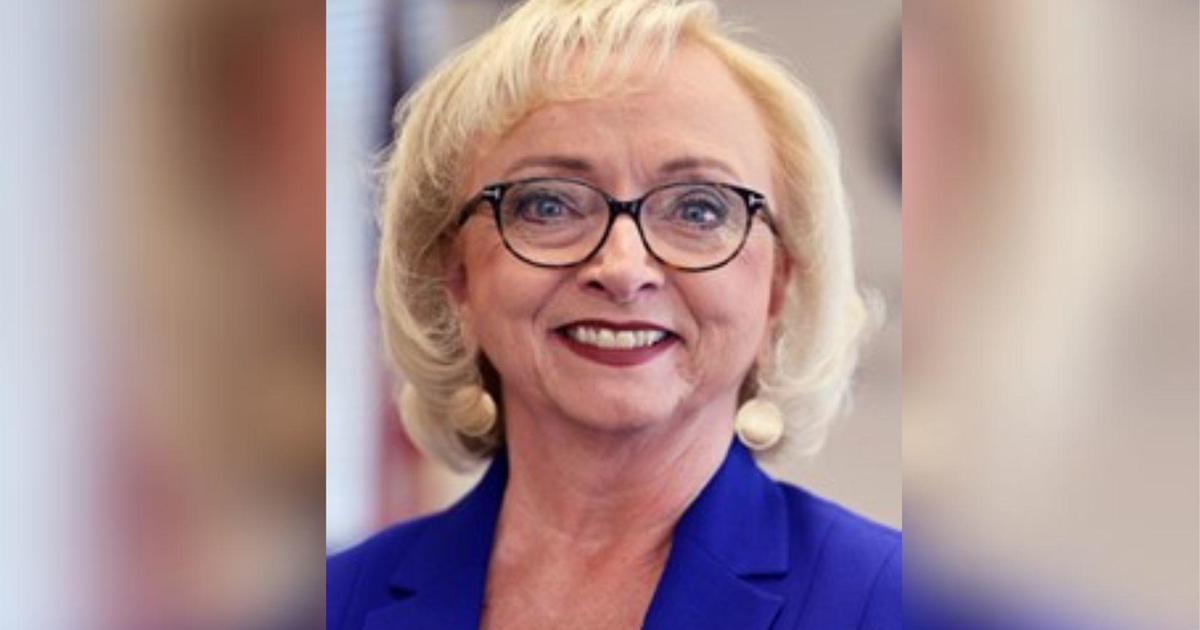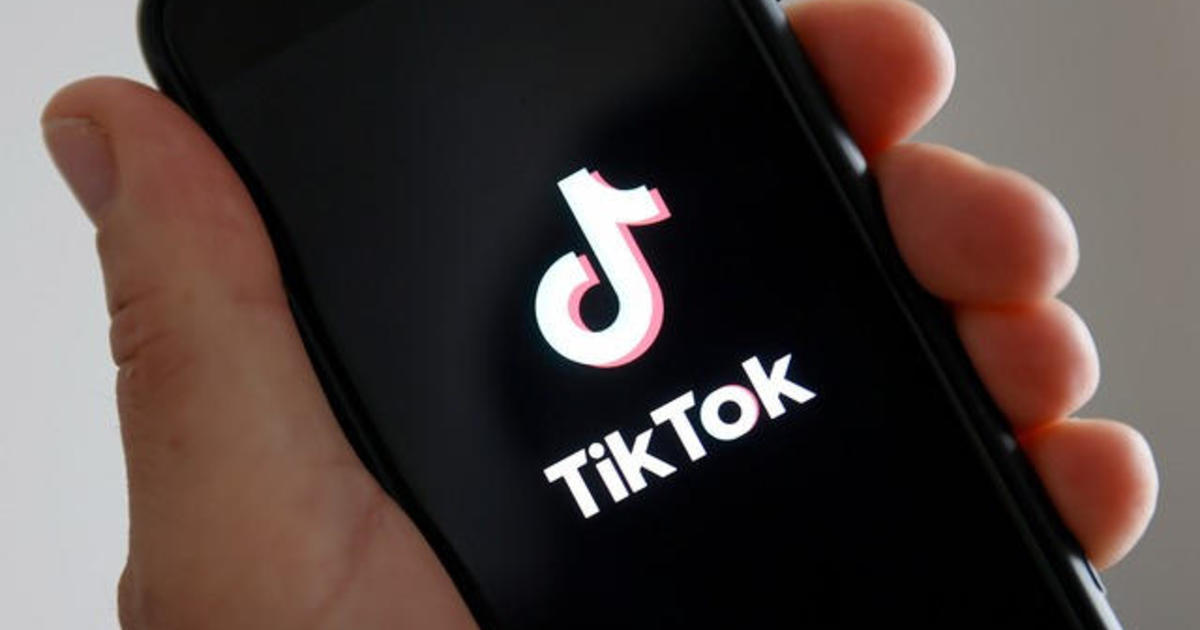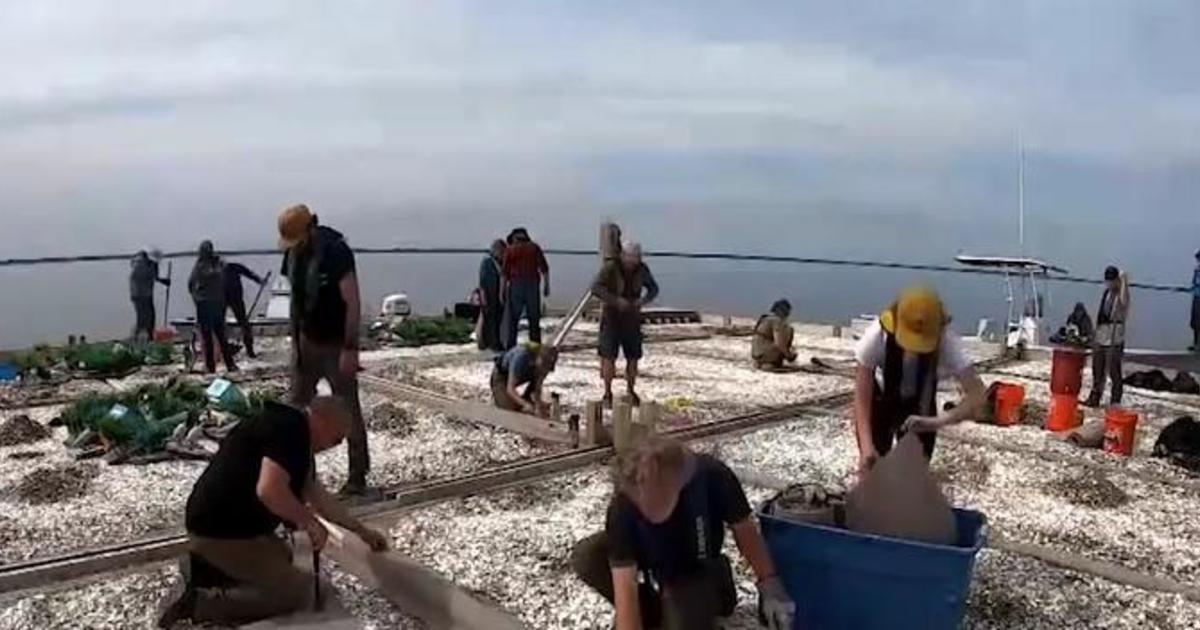Dialysis Centers Face Payment Cuts
ALISSA GULIN
The Daily Record
BALTIMORE (AP) -- Tracey Mooney is not looking forward to 2016.
As chief financial officer for an organization that operates dialysis centers across Maryland, she expects to have some tough decisions to make about two years from now, when her industry could face crippling reductions in Medicare payments.
There are about 115 dialysis centers across Maryland, but that number is in danger of dropping. The reason? A looming 9.4 percent reduction in Medicare reimbursement rates that providers and advocates worry will force some centers to close their doors, lay off workers or sacrifice quality of care. That would reduce the average per-patient payment from about $230 to $200.
The lower rates will likely take effect in 2016, unless the federal Centers for Medicare and Medicaid Services decides payments need to be increased. Providers say they're not optimistic.
Still, clinic operators like Mooney, who works for Independent Dialysis Foundation Inc., have braced themselves for worse.
CMS' original proposal, in July, called for the 9.4 percent cut in 2014. It was only in November, after intense resistance from the industry, that it announced rates would stay the same through 2015 and that the agency would re-evaluate payment levels in 2016.
The delay is a welcome reprieve, but spreading the cuts over several years will not make them any less painful; it will simply delay the consequences, providers and advocates said.
"At the end of the day, the phase-in is a blessing, but we're fearful of 2016," Mooney said.
Centers with higher percentages of Medicare patients will be the most likely to close their doors soon after the cut takes effect, said LeAnne Zumwalt, group vice president of Denver-based DaVita HealthCare Partners Inc., the second largest U.S. operator of dialysis centers, including the Downtown Dialysis Center in Baltimore.
DaVita plans to tighten its belt by reducing staff or trimming hours, Zumwalt said -- perhaps by eliminating the first treatment shift of the day, which starts at 6 a.m. and lasts for several hours.
But Mooney said those tweaks won't make enough of a difference for IDF, a nonprofit that operates six stand-alone facilities across Maryland and has contracts with three acute hospitals to provide inpatient dialysis services.
"You can't just cut a shift -- I'd have to close a clinic before I could cut enough out of somewhere to make up for a huge reduction in reimbursement," Mooney said. "And if you close a clinic, patients may have to go 30 minutes away instead of five minutes away."
Zumwalt is also concerned about long-term consequences, such as not being able to compete for the best nurses and other staff.
"If you can't pay your nurses more, those people will look for higher-paying jobs elsewhere," she said. "So maintaining quality will be difficult."
The American Taxpayer Relief Act of 2012 required CMS to reduce the Medicare payment rate to dialysis centers (though it didn't specify by how much) because the agency found that providers had decreased their use of an expensive drug used to treat anemia, a common side effect of dialysis.
Although other clinical services are also seeing rate reductions, the Medicare End-Stage Renal Disease program is unique, and its structure makes dialysis providers more vulnerable, Zumwalt said.
In the 1970s, CMS decided that private insurance companies would only have to cover an individual's dialysis treatments for 30 months. After that, Medicare would take over as the primary insurance provider, even if the patient is under 65.
That means between 80 and 95 percent of a dialysis center's patients are on Medicare at any given time, Zumwalt said, and all ESRD patients will be covered by the government program eventually.
"That's why we are so concerned about ensuring Medicare adequately covers the cost of treatment," she said.
One in nine Marylanders have kidney disease, according to the Maryland chapter of the National Kidney Foundation. In the final stage, patients must receive a transplant or begin dialysis in order to stay alive.
About 9,300 people throughout the state are currently on dialysis -- a procedure in which a machine removes waste from the blood -- according to NKF-MD.
Dialysis treatments can cost as much as $70,000 a year, said Jessica Quintilian, NKF-MD's director of programs and advocacy, though the average is closer to $50,000.
It's possible, but unlikely, that patients will pay more for dialysis because of the cuts. Medicare covers 80 percent of the cost of treatment, and 20 percent is covered by co-insurance -- a secondary payer, such as Medicaid, picks up the bill where Medicare leaves off. If a patient doesn't have co-insurance, he or she could pay more out-of-pocket if rates go up -- but most patients do, Mooney said.
In general, Mooney said, clinic operators like IDF are the ones receiving the reimbursement payments, so they're the ones who will feel the cuts -- not the physicians.
IDF doesn't employ the doctors who staff its centers directly, so they are not affected by the reimbursement cuts. IDF physicians are either in private practice or work at the University of Maryland Medical System, with which IDF is affiliated. They bill their patients on a monthly basis at different rates, Mooney said.
Other providers, such as nurses and dieticians, are often directly employed by a dialysis center, though they'll only feel the impact of the cuts if the centers choose not to raise their wages, Mooney said.
"I could (reduce their pay), but they won't work for me for very long if I do," Mooney said. "I have no one to pass cuts onto. . Clinics that can't sustain themselves will close."
Some advocates said a bright spot in CMS' rule is a 50 percent increase in home-dialysis training payments, which Medicare makes to providers who train patients on how to operate in-home machines. Medicare will now pay $50.16 per training session, an increase of $16.72, Zumwalt said.
With home treatments, patients install the necessary in-home equipment (which Zumwalt said is paid for by the center) after receiving training.
Some advocates hope the increase in training reimbursements will encourage more centers to offer the services, which could increase patients' access to treatment, particularly in rural areas.
But the increase in training payments doesn't mitigate the issues that will be caused by a lower overall reimbursement rate, several people said.
Not everyone is capable of -- or willing to -- handle their own treatment, Zumwalt said.
"You need to insert the needle into your own arm," she said. "Your blood will be circulating outside your body and through a machine. There are risks associated with that that you might not want to take on."
"So will it help? Yes," Zumwalt added. "Will it be the cure-all? No."
For the next two years, providers and advocates will be ramping up their lobbying efforts, emphasizing the vulnerabilities of the ESRD population, particularly within the confines of the Medicare payment structure.
"If Medicare can no longer afford it, let's have a conversation about (whether) dialysis treatment is something that should be covered by private insurance for the duration of treatment," Zumwalt said. "Maybe we're at a time now where that discussion should take place. I'm not optimistic, but something has to give."
(Copyright 2013 by The Associated Press. All Rights Reserved.)



